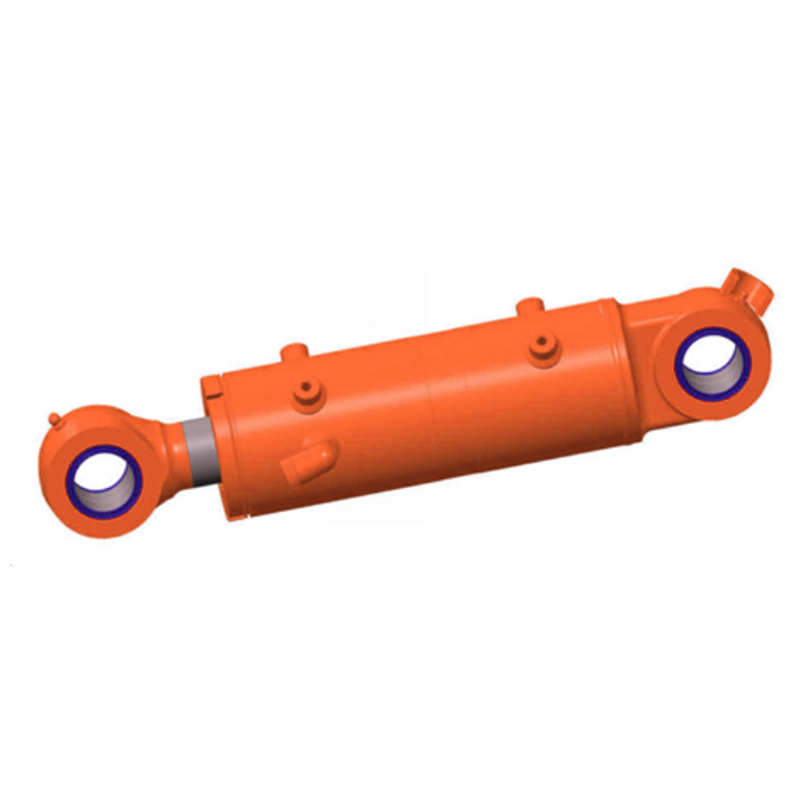1. The plunger cylinder is a structural form of a hydraulic cylinder. The single plunger cylinder can only move in one direction, and the reverse direction depends on external force. The combination of two plunger cylinders can also use pressure oil to achieve reciprocating motion.
2. When the plunger cylinder moves, it is guided by the guide sleeve on the cylinder head, so the inner wall of the cylinder barrel does not require finishing. It is particularly suitable for long journeys. In addition, the plunger cylinder is divided into a radial piston cylinder and an axial piston cylinder.
3. Taking a plunger as the principle introduction, there are two one-way valves on a plunger pump, and the directions are opposite. When the plunger moves in one direction, negative pressure appears in the cylinder. At this time, a one-way valve opens and the liquid is sucked into the cylinder. When the plunger moves in the other direction, another one-way valve is opened after the liquid is compressed, and the liquid sucked into the cylinder is discharged. This working mode forms a continuous oil supply after continuous movement.
